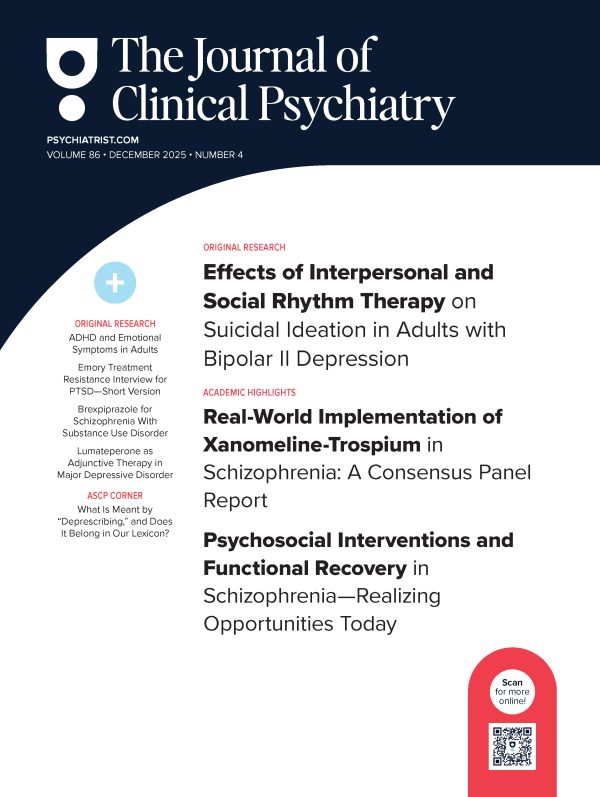Background: Borderline personality disorder is a major risk factor for suicidal behavior, yet prediction of suicide completion remains unclear. It has been proposed that impulsivity and aggression interact to increase suicide risk. Death by suicide in borderline personality disorder, then, may be the result of impulsivity, a core feature of the disorder, interacting with violent-aggressive tendencies. Using a case-control design, this study investigated clinical and behavioral risk factors for suicide completion in borderline personality disorder.
Method: One hundred twenty subjects meeting DSM-IV criteria for borderline personality disorder, 50 controls and 70 who died by suicide between 2001 and 2005, were investigated by means of proxy-based interviews using structured diagnostic instruments and personality trait assessments.
Results: Borderline personality disorder suicides had fewer psychiatric hospitalizations and suicide attempts than borderline personality disorder controls. Borderline personality disorder suicides were also more likely to meet criteria for current and lifetime substance dependence disorders. They had higher levels of current and lifetime Axis I comorbidity, novelty seeking, impulsivity, hostility, and comorbid personality disorders, while exhibiting lower levels of harm avoidance. Most importantly, borderline personality disorder suicides were more likely to have cluster B comorbidity. Impulsivity and aggression interacted to predict suicide, though not after controlling for cluster B comorbidity.
Conclusions: Borderline personality disorder individuals who die by suicide differ from those borderlines typically encountered in acute psychiatric settings. Our results suggest that the lethality of borderline personality disorder suicide attempts results from an interaction between impulsivity and the violent-aggressive features associated with cluster B comorbidity. Further, the anxious trait of harm avoidance appears to be protective against suicidal behavior resulting in death.
Please sign in or purchase this PDF for $40.00.


